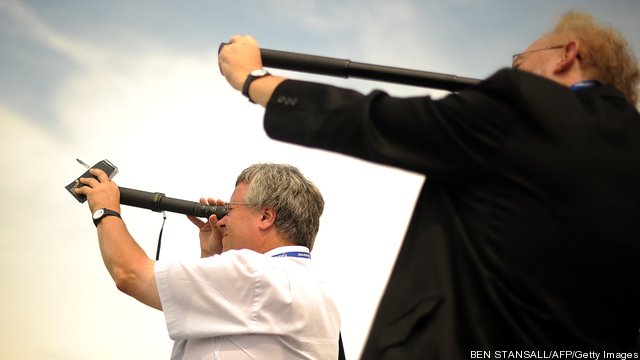 With natural gas prices the determining factor in a wide and growing array of energy industry decisions, the reliability of the massive expansion in reserve availability estimates is increasingly under review.
With natural gas prices the determining factor in a wide and growing array of energy industry decisions, the reliability of the massive expansion in reserve availability estimates is increasingly under review.
Searching for natural gas deposits has become increasingly sophisticated, with satellites and seismic testing that searches underground in ways that old-fashioned wildcatters could only dream of. The estimates are still extraordinarily sketchy, however, with more than a quarter of current reserve forecasts still characterized as “speculative” by the science heavy-weights sitting on the Potential Gas Committee.
With hydraulic fracturing, better known as “fracking,” at the core of the huge boost in reserve estimates over the past decade, uncertainty about the credibility and availability of the new reserve discoveries continues to run high among electric utility executives determining which fuel type to rely on as they build new power plants. Price volatility has been the norm in natural gas markets, and despite a few years of low prices, fears linger about a propulsion higher in prices if fracking is limited by environmental regulations or natural gas becomes a central component of transport fuel markets.
In this podcast, Margaret Ryan of Breaking Energy discusses all this and more from her reporting for Finding Natural Gas Takes Science, And Luck.
